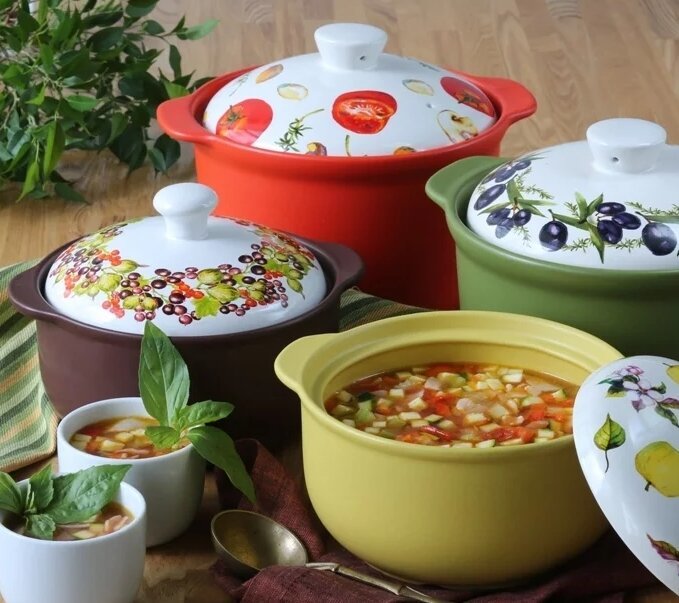Every self-respecting mistress takes care of cleanliness in the house. Particular attention is paid to maintaining order in the kitchen and washing dishes. A wide range of stores allows you to choose the right tool for care and cleansing.
But sometimes during frequent use the surface of pots and pans can be covered with greasy coating, soot and burning. To remove them, you may need special detergents - conventional formulations will not cope with stubborn dirt. If you encounter this problem, we will help to solve it. In this article we will share the method of cleansing with clerical glue.
Cleansing properties of glue
The content of the article
- Cleansing properties of glue
- How to clean pots using stationery glue
- What you need to know when cleaning dishes with stationery glue
As mentioned above, you will need ordinary glue to clean. Many people wonder how such a tool can help solve the problem of severe pollution on the dishes. For understanding, it is worth paying attention to its properties.
The composition of the product is a polymer chemical compound resembling glass in appearance. Chemists call it silicate glue or liquid glass.
The glue contains a whole complex of substances, among which potassium, sodium, lithium and silicate compounds can be distinguished.
Due to the presence of ions of active minerals, when interacting with water, a strong alkaline medium appears, which enhances the cleaning effect when washing cutlery. However, this makes the product dangerous for human skin, therefore, it is worth using personal protection when working.
To enhance the reaction, you can add detergents - when they interact, the effect will be more noticeable, and the process of removing contaminants will take less time.
Thanks to these qualities, you can use glue to clean kitchen appliances.
Attention! This method is absolutely harmless for pots, pans, plates, perfectly cleans their surface. In this case, the tool can be purchased at an affordable price.
How to clean pots using stationery glue
If you are lucky to find a tube with old glue, you can proceed with the cleaning process. If not, just go to the nearest household goods store and purchase it. The price of glue is much lower than the cost of modern cleaning products. It is also worth buying soda ash or ordinary soda. After the acquisition of funds and appropriate preparation of the workplace, you can start washing. To do this, you have to perform the following manipulations:
- Soak the dishes first using hot water. It is most convenient to place all the appliances and utensils that need to be cleaned in one container - a bathtub or a large basin is perfect.
- Add glue - approximately 400-500 ml and 500 g of soda.
- Stir the resulting composition and evenly distribute it in the entire volume of warm water. When properly performed, white flakes should form in the form of flakes, this signals the beginning of the reaction.
- Leave the instruments in place for 30 minutes or an hour.
- Rinse everything under running warm water, additionally wiping the surface with a sponge or brush. Dirt should easily move away from the surface. If necessary, you can repeat the procedure.

Another effective method is boiling:
- Place dirty pots and pans in a large container that can be put on an open fire.
- Pour in water and add 100 g of glue and soda.
- Boil water for 5–10 minutes.
- Wash remaining areas with visible impurities under running water.
Attention! You can replace clerical glue with PVA, and instead of special calcined glue, you can take ordinary soda, which is available in every house.
What you need to know when cleaning dishes with stationery glue
The method is quite simple to implement, but you should be aware of some nuances and do not forget about safety rules.
The glue cleaning method is not suitable for cookware with non-stick coating, as it is damaged when exposed to alkaline environment. The plastic parts of the dishes should be unscrewed before cleaning.
Work should be done with rubber gloves for safety.
Shiny coatings will fade when using soda - therefore, it is not recommended to wash them in the presented way.


